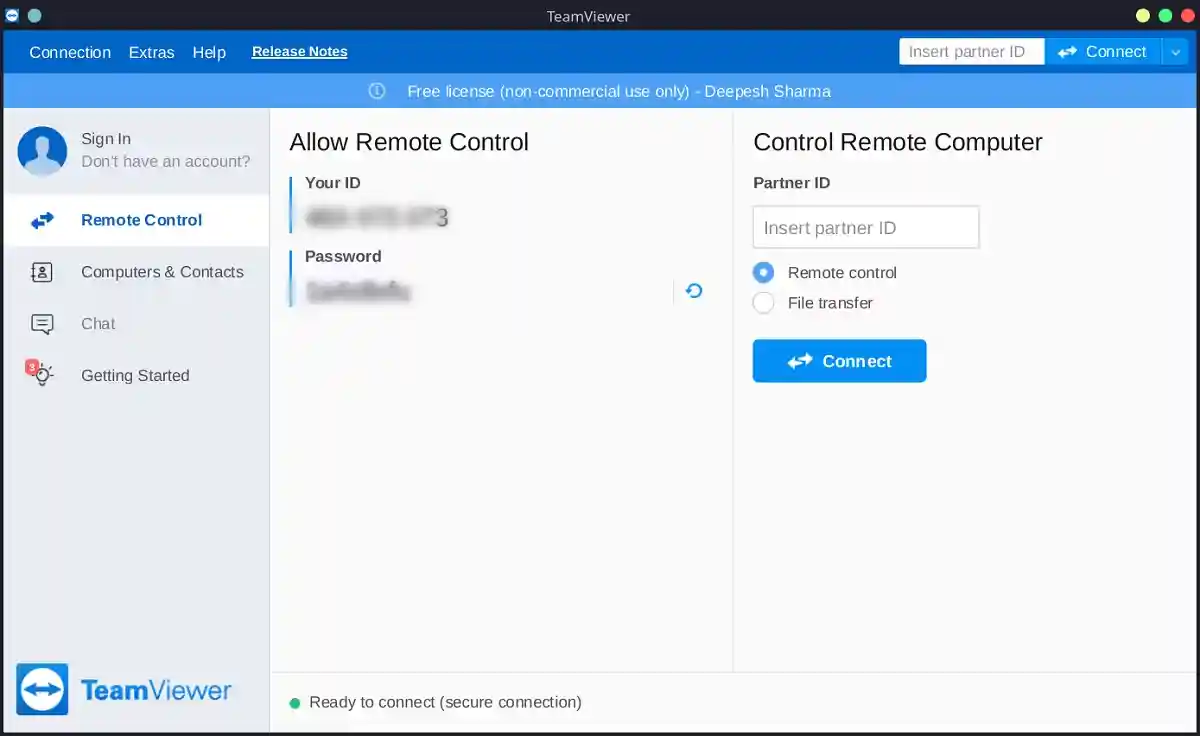There are some free APIs for projects that you may include into your projects or MVPs for free, despite the fact that many of them are premium and charged for. The greatest free APIs that we are aware of are listed below. They provide valuable functionality either totally free or with a generous free tier that allows for experimentation before you are forced to upgrade to a paid tier.
In this article, we will discuss some of the best free APIs for projects. We will look at their features, use cases, and how they can help you in your project development. We will also discuss some tips for choosing the right API for your needs. By the end of this article, you should have a good idea of which API is best suited for your project’s need
1. Twitter API
The Twitter API allows you to read and write Data from twitter, which can be used to create scheduling apps and other productivity features. Tweets containing specific keywords, hashtags, or topics can also be found. The Twitter API can be used to retrieve and analyse Twitter data, as well as develop for the conversation on Twitter. Using the company’s API, developers can post Tweets and reply to Tweets.
With just a few steps, you can sign up for a developer account and start browsing and working on the Twitter API v2 using Essential access. With Essential access, you are restricted to 500K Tweets per month, can only use the Twitter API v2 endpoints, and are not able to use some developer portal features like teams or access to other App environments.
2. Facebook API
The Facebook API is often used to input data into and retrieve data from the system. Developers and consumers can access user information, photographs and videos, messages and more Facebook capabilities.
It is important to note that all API requests made to Facebook are subject to rate limits. This means that there is a limit on the number of API calls that can be made within a given time period. It is worth mentioning that all calls made to the API contribute to the rate limits, not just individual requests.
By integrating with Facebook, users can access a range of benefits such as retrieving information from their Instagram accounts, incorporating Facebook login into their app, generating revenue through ads from Facebook advertisers, or being listed as a featured game on the platform.
3. LinkedIn API
You can use this API to integrate LinkedIn features to your websites and apps, such as signing in, sharing on LinkedIn, integrating LinkedIn learning, and expanding your marketing efforts to the platform.
LinkedIn allows developers to link their app with LinkedIn via self-service products or by seeking to be a member of one of their enterprise programmes. The APIs are now available for free and provide a straightforward, consistent representation of users, businesses, and jobs.
The Token Generator tool simplifies the process of using LinkedIn APIs. It automatically configures your app and creates access tokens, making it easier to get started quickly.
4. Covid-19 API
The COVID 19 API provides a wealth of data related to the coronavirus. In light of the current situation, this API is particularly valuable as it can assist in creating tools that serve a useful purpose for people. Its capabilities allow for the development of dashboards, web or mobile applications, as well as integration with other applications.
The information comes from Johns Hopkins CSSE. Because the responses are in JSON, they are simple to integrate. The API offers a free basic version that users can utilize for their needs. However, for those who require more data, a premium version is available.
This upgraded version includes a second data source that provides information on new deaths per million, population, population density, median age, aged 65 and older, aged 70 and older, GDP per capita, covid death rate, diabetes prevalence, and hand washing facilities. This additional information can be valuable for those seeking a more comprehensive understanding of the data.
5. Spotify API

Is music a key component of your website or application? Spotify’s open API allows applications to freely use Spotify data such as songs, albums, artists, and playlists. The API can also be used to add songs to playlists and manage music playback.
Spotify’s Web API allows you to query data from the Spotify Data Catalogue about music artists, albums, and tracks. The API is built on standard REST principles, and the endpoints return JSON metadata about the information that was queried.
In addition, the Web API allows access to user-related data, such as playlists and songs saved in the Your Music library. Such access is granted by the user through selective permission.
6. NASA APIs
NASA Open APIs provide NASA data, including images, easily accessible to software developers.
The Astronomy Picture of the Day is one of the most popular NASA Open APIs (APOD). It organises the APOD pictures and metadata so that it can be reused in other applications.
The APOD API Github repository contains complete documentation for this API. The Earth Observatory Natural Event Tracker (EONET) is another famous API. It offers a curated list of natural occurrences as well as a method to connect such events to event-related NRT picture layers.
7. OMDb API
The Open Movie Database API is a RESTful web service for obtaining movie information. All of the site’s content and photos are contributed and managed by users. It can be used to develop a movie search app that returns the movie together with its ratings, reviews, and posters.
Also Read:
How to Transfer Contacts from Android to Android
How to Add link to Instagram Post and Story



